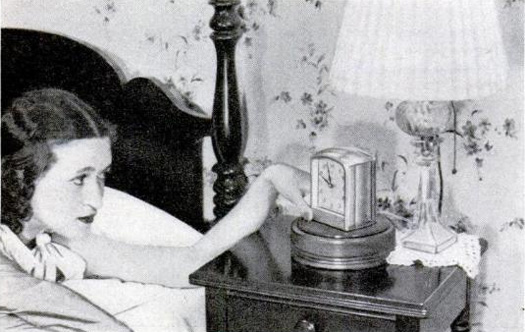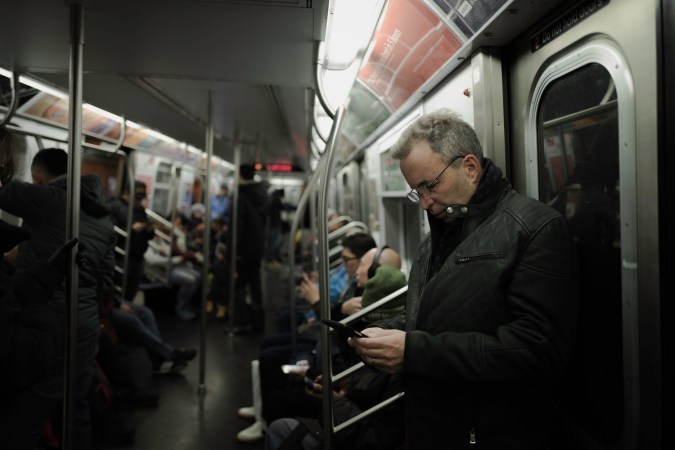

Walking directly into a plate glass door is a classic slapstick trope—and as long as no one gets hurt, it is pretty funny. But humans are usually large enough to avoid serious injury, and have the perception skills to generally avoid even the most spotless glass doors and windows. The same can’t be said of our nation’s relatively fragile wild birds, whose poor eyesight often renders them incapable of distinguishing clear glass from open air.
Researchers estimate that in the US alone, more than 1 million wild birds die every day from collisions with glass windows, doors, and buildings. The real number may be as much as three times larger. This human-borne problem requires humans to solve it, and there’s no better time than migration season to make the buildings you occupy less hazardous to birds.
Turn off the lights
Birds’ eyes work differently than humans’, and perceiving glass is not their strong suit. While migratory birds may be great at spotting colorful berries on a bush or looking out for predators while they dig for worms, they generally don’t see glass at all—instead clocking it as open space that’s safe to fly through. This causes huge problems for flocks migrating through populated areas, where the combination of electric light and glass windows creates a confusing labyrinth that birds struggle to navigate.
[Related: The world needs dark skies more than ever. Here’s why]
The best way to keep birds away from clear glass windows is to turn off all interior lights at night. Migrating birds navigate by the natural light of the moon and stars after dark, often using them to determine which direction to fly. Brightly lit buildings can disorient and exhaust them, making it more likely they’ll fly into a window or wall. Switching off all your exterior and interior lights when you aren’t using them after sundown will help migrating birds avoid deadly window collisions.
Install shades and screens
Keeping birds from colliding with glass is basically an exercise in dressing up your glass to look like the solid barrier it is rather than the open space birds perceive it to be. The easiest way to do this is by using the features already on or near your windows: curtains, shutters, insect screens, and shades. Covering your windows with these amenities is a foolproof way to show birds that there’s something solid in their way. Use these coverings during peak migration times in the fall and spring, especially when you have indoor lights on after sunset.
Use decals and films
The downside to screens, shades, and shutters is that humans can see them, too—and they might get in the way of your favorite views or much-needed sunlight. That’s why many folks are increasingly turning to less obstructive window coverings like plastic decals, films, and clings. These barriers are visible to birds, but still let the light in.
You may have seen large glass windows with stickers shaped like hawks and other raptors, but these decals aren’t super effective at scaring birds away. A better option is a simple grid of dots, spaced no more than 2 inches vertically and 4 inches horizontally. Small, evenly spaced stickers are more effective than a few large stickers because they allow birds to see that the entire surface of a glass window is impenetrable. Some companies even sell special dot tape for this purpose. A privacy film with a regularly-spaced opaque design is also a great choice for your windows.
Consider alternative glass
In recent years, new types of glass have emerged that may be able to deter birds without causing any disruption to humans’ views at all. This material takes advantage of the fact that birds can see ultraviolet light, while humans can’t. A typical sheet of UV glass contains an irregular pattern of crisscrossing lines or other shapes that are visible on the UV spectrum, but can’t be detected by human eyes. This makes the glass look completely clear to us, while birds see a solid barrier of reflected UV light. This specialty glass may be more effective in sunny areas than in cloudy ones, so consult a specialist if you’re in the market for high-tech bird-safe windows.
Support bird-safe buildings
Like most systemic problems, window strike fatalities require a systemic solution. Taking action at the individual level will certainly help save avian lives, but it’s also necessary to enact change on a much larger scale by pushing for bird-safe building laws and encouraging businesses to take responsibility for the window collisions they cause.
[Related: How to build a house that stays cool without AC]
Houses and apartments typically only have a handful of windows surrounded by solid walls. Office buildings and retail locations, on the other hand, use far more glass and can cause far more fatalities. Pressuring your employer, local businesses you love, and other institutions to take action is one of the best ways you can help protect birds until your local, state, or federal government enacts legislation to make these protections law.
Help window strike victims
If you see a bird on the ground outside your home, office, or another building, approach it with caution and check to see if it’s still alive. You can report dead birds to iNaturalist, which tracks window strike fatalities by species. If the bird is still alive but appears injured or disoriented, carefully place it in a paper shopping bag and clip the top closed. This makeshift “bird ambulance” is the best way to transport an impaired bird to your local wildlife rehabilitation center.















